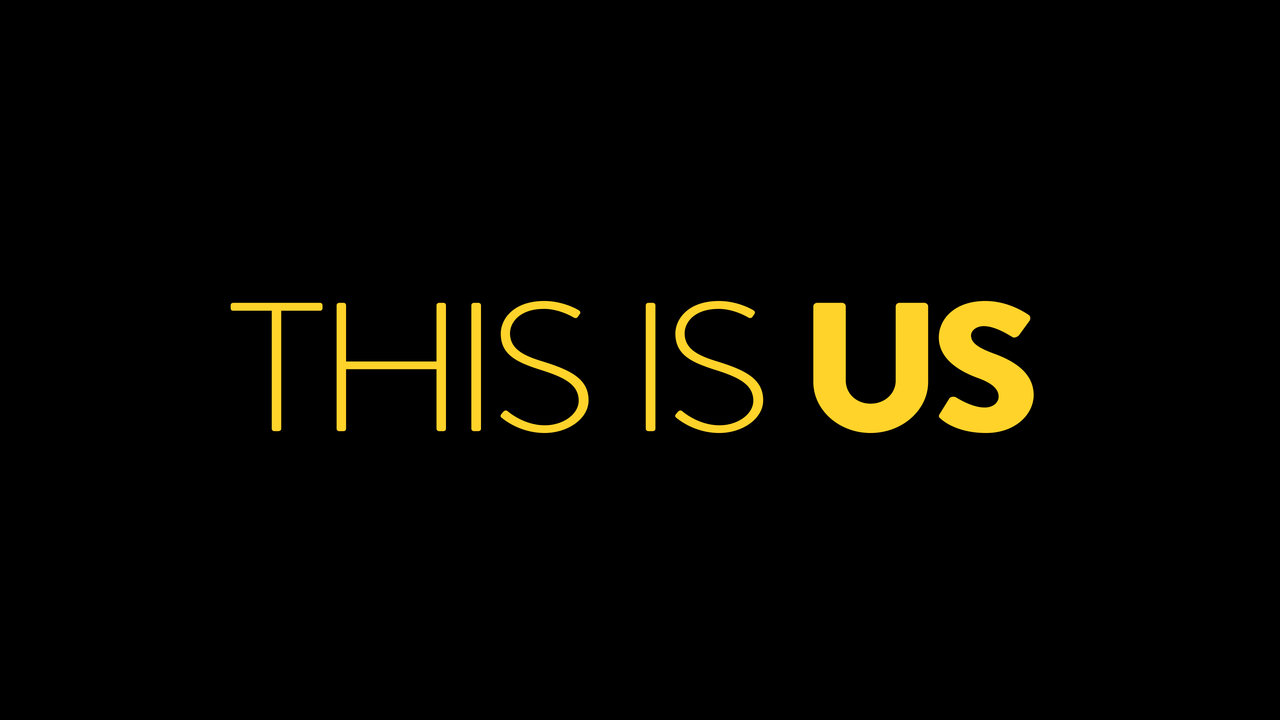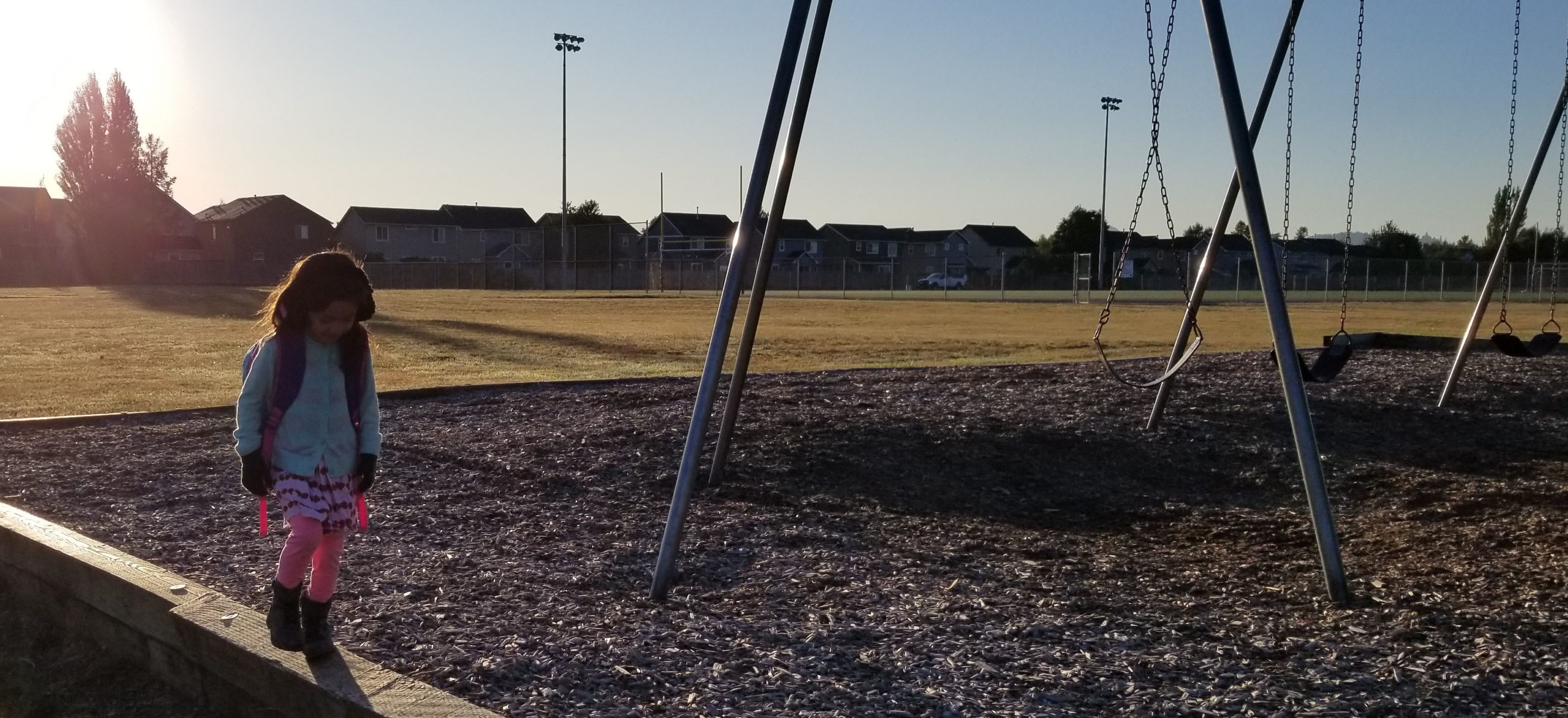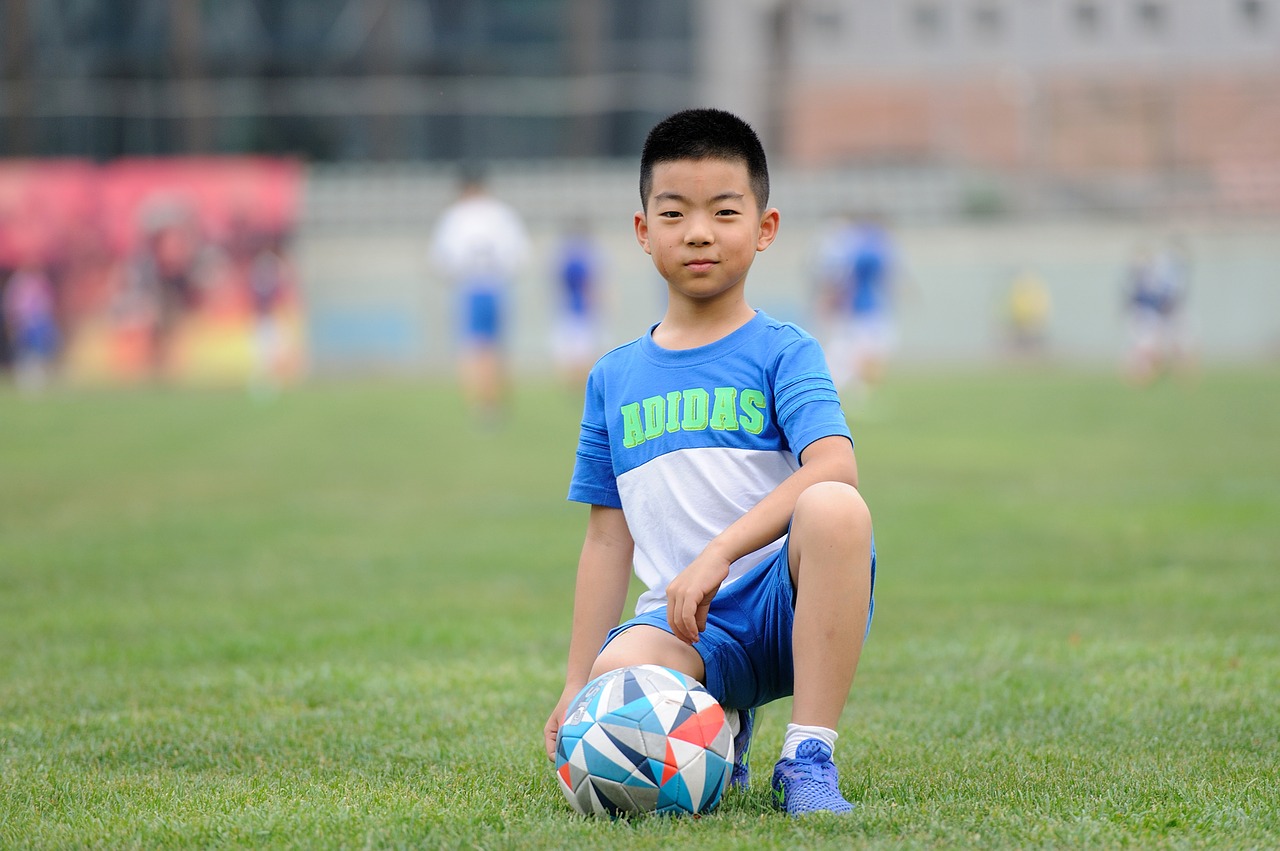The NBC hit show “This Is Us” has already been nominated for numerous Emmy awards in its pilot season. The characters are realistically flawed and the intergenerational flashbacks help weave the storylines together. But for those of us who are connected with adoption or child welfare, we tend to view this show through a different lens.
We gravitate toward the show due to the pebbles of accuracy surrounding adoption, foster care and birth parent reunions that it throws at us from week to week. It’s still a dramatic television show, so it won’t be able to give anyone a fully realistic picture of what it’s like to be adopted or reunited with your birth father. But it’s definitely one of the closest mainstream shows that we’ve come across so far.
Sterling K. Brown plays Randall Pearson, who was adopted by Jack and Rebecca Pearson. Randall is Black and his parents, as well as his twin brother and sister, are White. The writers have clearly done their research and have consulted with adult adoptees to accurately portray not only aspects of transracial adoption, but also search and reunion, identity and trauma. On her Facebook page, Angela Tucker — director of the documentary “Closure” and creator of the web series “The Adopted Life” — has written about her consultations with the NBC writers of “This is Us” regarding her experiences as an adult adoptee and a foster parent. It’s refreshing to hear that a television show is taking the time to seek out lived experiences from those that adoption affects the most.
In “This is Us,” we are introduced to the trauma and loss of adoption and foster care. We feel the push/pull of how an adoptee struggles with their feelings toward their birth parents in the very first episode.
As an adoption-competent therapist, I have learned from my clients that each adoptee has a unique perception, opinion and view of their adoption experience — and that those very perceptions, opinions and views may change on a yearly, daily and at times hourly basis! But overall, the “feeling” of adoption as portrayed in mainstream culture is usually one of goodness, happiness and “rainbows and unicorns.” In “This is Us,” however, we are introduced to a different side — the trauma and loss side — of adoption and foster care. We feel the push/pull of how an adoptee struggles with their feelings toward their birth parents in the very first episode. The writers painfully convey the angst that Randall feels when he discovers his adoptive mother knew from the time he was an infant who his biological father was — yet kept it a secret. We see young Randall in a grocery store asking random adults to curl their tongues because he has learned this trait is hereditary and wonders if any of them — because they are Black — might be related to them. As he battles with forming his identity, he also carries a little notebook where he documents his encounters with people of color. In current time, we see Randall deal with panic attacks and his need for perfection and control. He is paralyzed by his own fears and the unknown.
In the current season, Randall and his wife, Beth, decide to become foster parents. They begin fostering an older girl and the writers introduce trauma triggers of abuse as well as the child’s deep connection with her mother. We sense Randall’s internal battle between wanting to protect his foster daughter while at the same time empathizing with her mother and the struggles she has experienced.
While the show definitely portrays the realistic side of adoption, identity, trauma and loss, it also gives us hope. Randall and his wife have a wonderful relationship, and he is a connected and playful father and a loyal brother and son. The show depicts the need to lean into the hard stuff but also have hope for the future.
This show is recommended for adoptive and foster parents, especially those parenting children of color. This show would be appropriate for teenagers to watch, but it does have adult storylines and content.



I just wanted to say I am also watching it through my “adoption lens” and surprised with how much they have gotten *right* so to speak. It is refreshing to see that they consulted with someone familiar with someone so familiar with the adoption experience, the good and the bad.